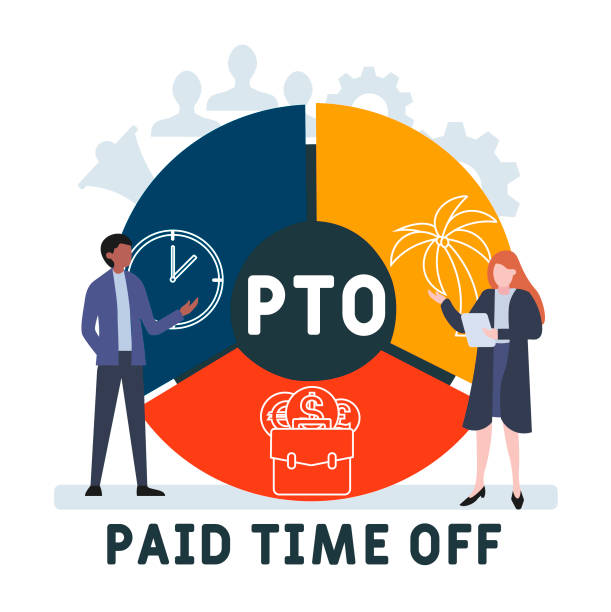As we reach the end of the summer, every business leader should be asking one key question for employee and organizational well-being: has your team taken enough time off to return to work, recharged and refreshed? And just as important: what example have you set?
The wrong example from leadership can derail even the most generous vacation policy. Even though leading companies typically offer significant time-off benefits, all the way up to unlimited vacation, people will hesitate to use these benefits if their peers and managers rarely do. By role-modeling in this critical area, leaders can set a precedent that supports physical and mental health, job satisfaction, and productivity for their team and organization.
Of course, this is easier said than done. For managers with a long list of pressing responsibilities, the inclination may be to work longer, skip vacation, or simply work right through it. While understandable, this instinct is actually counter-productive. Longer hours and fewer breaks actually makes individuals less effective at work. Over-work compromises productivity, creativity, and the ability to have the most impact. And burnout is a real risk.
This challenge is especially pressing in the U.S. A 2018 study found U.S. workers had more than 765 million unused vacation days, and more than half of Americans (55%) were not using all their paid time-off. Even worse, 52% of employees report working while on PTO.
Instead, leaders should embrace vacation as a positive for managers, employees, and the business as a whole – with clear mental health benefits. Vacation is found to protect against burnout, reduce stress, and support cognitive health and social wellbeing. Studies carried out by the American Psychological Association found that a majority of working adults reported increased energy (66%), increased productivity (58%), improved work quality (55%), and reduced stress (57%) after vacation.
The business benefits abound. Time-off supports healthy company culture, builds morale, and strengthens teams. Setting time off and blocking out when you’re unavailable demonstrates a high level of trust in one’s team members. When leaders take time off, it can also be an empowering development opportunity for their team.
Vacation benefits are critical policies to support the workforce, but these policies are only as effective as the leaders that role model them. People will only feel comfortable taking time off when the company culture values it and when they see their leaders embracing it.
One of the greatest strategies for encouraging time off is to lead by example. Taking time off to recharge and reflect is necessary to do the hard work expected of leaders. Additional tactics can also encourage time off including: offering ample vacation time as a benefit, implementing policies to protect vacation time, and tracking the benefits when employees use these policies.
When leaders take time off, they support their mental and physical health and the overall health of the company. As business accelerates, one of the most crucial decisions a leader can make is to take a break and inspire others to do the same. If you haven’t taken enough time off this year, consider scheduling your vacation in Q4, as many organizations, including One Mind, are shutting down for the last week of the year.
Follow me on Twitter or LinkedIn. Check out my website.







